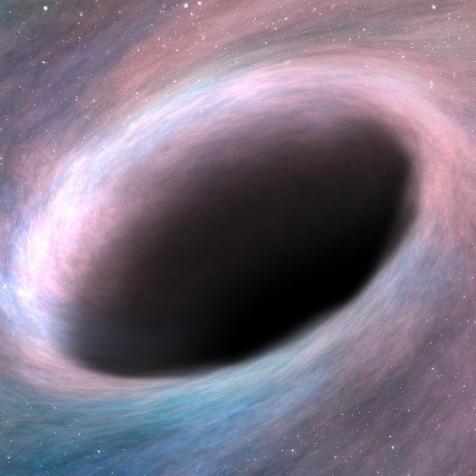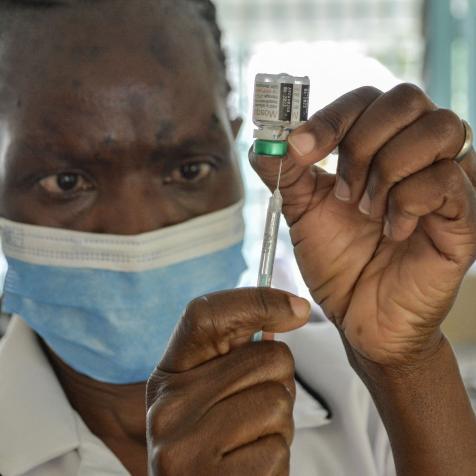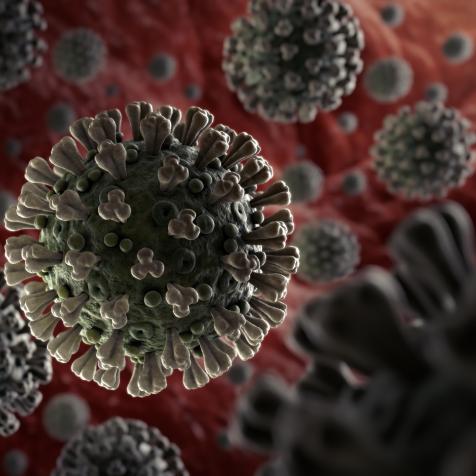
Getty Images
4 Up-and-Coming Batteries That Could Overtake Lithium-Ion
Lithium-ion can soon be a thing of the past.
Lithium-ion batteries — the power behind your phone, laptop, and basically any rechargeable device you own — may be on their last legs. A series of bad events, from high-profile battery fires to environmental concerns to the rising cost of its namesake material, has experts scrambling to find a safer, more efficient, less expensive substance to power our gadgets.

Getty Images
Battery Basics
Every chemical battery is made up of the same basic parts, including two electrodes and some sort of electrolyte. Rechargeable batteries take in energy via a chemical reaction that makes charged particles (or ions) in the positive electrode (or cathode) travel through the electrolyte and into the negative electrode (or anode), where they stay. When the battery is discharging energy into a device, the ions travel back from the anode into the cathode to produce that energy. In a lithium-ion battery, the cathode is made of some compound containing lithium (typically lithium cobalt oxide or lithium iron phosphate), the negative electron is made of carbon (aka graphite), and the electrolyte varies depending on what type of battery you're talking about.
Lithium-ion batteries work well because they don't take up much room, they can charge and recharge many times without wearing out, and they have high energy density, which means they can store a lot of energy per unit of weight and volume. But lithium-ion batteries also expand more than other batteries when they warm up. Seeing as batteries are filled with hazardous and flammable chemicals, you'd better hope yours was made to resist bursting or breaking when it starts to expand. That's been the issue behind battery fires in smartphones and other devices.
Another drawback is just how popular lithium-ion batteries have gotten. Because they're the go-to eco-friendly power source for everything from smartphones to electric vehicles (devices that are getting more popular themselves), Cairn Energy Research Advisors projects that the lithium industry is going to grow by nearly eight times in the next decade. The price for this material has also risen — it doubled between 2016 and 2018.
That frenzy to mine more lithium is making the batteries less than eco-friendly. Water shortages, air and soil contamination, and the hazards involved in mining the other minerals involved in their production have turned lithium-ion batteries into an environmental risk of their own.
Some of these are problems that might arise from the use of any material, but some can be fixed by switching technologies. Here are four other battery materials that might overtake your trust lithium-ion.
Sodium
Seeing as sodium is plentiful in seawater — requiring little in the way of mining or extraction — this one seems like a no-brainer. The problem is that you can't just swap out lithium battery components for sodium. Sodium is a larger ion than lithium, so it won't fit between the carbon layers of the battery's graphite-based anode. Sodium also has a lower energy density than lithium. But there's good news: Recent developments have shown that phosphorous does a bang-up job of subbing in for graphite in the anode of a sodium battery, and it even has seven times the charge capacity of graphite by weight.
Fluoride
Fluoride batteries have the potential to last eight times longer than lithium batteries, but that's easier said than done. That's because fluoride is an anion, or a negatively charged ion, which is the magic behind its high energy density but is also the reason it's reactive and hard to stabilize. In December, a research team announced that they had hit upon a liquid electrolyte that could stabilize the element and make it usable at room temperature, so things are looking good for fluoride batteries.
Magnesium
Magnesium isn't just more common than lithium — it also isn't susceptible to the imperfections (known as dendrites) that can lead to lithium-battery fires. But for decades, magnesium batteries just couldn't compete with lithium for power or storage capacity. In December, researchers came up with a "game-changer" solution to this problem; they realized that the chloride in a commonly used electrolyte was to blame for the battery's lousy performance. They swapped it out for a chloride-free version and combined that with a specially formulated cathode and a magnesium-based anode, and voila: They got a battery with levels of energy, power, and stability that are unprecedented in magnesium batteries of the past.
Ammonia
Ammonia-powered batteries may not be coming any time soon, but the chemical commonly known as a household cleaner is still an alternative to lithium in the way it can power fuel cells in vehicles and other equipment. If scientists can figure out a way to produce ammonia without creating the greenhouse gas emissions that result right now, they can ship it anywhere in the world to be converted into hydrogen to power those fuel cells. That's important because its energy density by volume is almost twice as much as that of the liquid hydrogen that's usually used to power fuel cells. Luckily, recent breakthroughs are making it possible to produce ammonia in a renewable, carbon-free way, and that's helping pave the path for this eco-friendly resource.
This article first appeared on Curiosity.com.





















